.jpg)
.jpg)
A New Era for Construction & Agricultural Machinery.
Autonomous vehicles have been an engineering enigma ever since the concept came to life for GM’s futurama exhibit at the 1939 New York World’s Fair.
Back then, the idea was that these self-driving vehicles would be used for leisure and on our public roads. While this is still a possibility, the technology has had much more success in industrial applications.
Autonomous vehicles are on the rise. By the end of 2025, the global self-driving vehicle market is expected be worth $1.6 million, according to Allied Research Market.
Multiple industries have found effective applications for this technology. For example, driverless shuttles are utilized in logistics and retail warehouses to move goods. Applications have also been found in the industries I recruit for: construction and agricultural machinery.
The adoption of autonomous vehicles is the sign of a new era in construction and agricultural machinery, with both industries increasingly harnessing the power of automation and reaping the rewards.
Why Choose Autonomous Vehicles?
Like other automation technology, autonomous vehicles improve productivity and efficiency.
These vehicles can complete mundane tasks while operators handled value-added jobs, helping companies utilise their workforce more effectively. In construction, this is particularly because of a global shortage in heavy equipment operators.
Autonomous vehicles also help reduce fatigue and stress on human operators, resulting in improved safety. For example, instead of traveling away from home for weeks at a time, an operator might transition to a different role, managing equipment remotely to complete his/her tasks.
How Autonomous are These Vehicles?
The Society of Automotive Engineers (SAE) defines levels from 1–5 for automated driving systems, ranging from complete driver control to full autonomy.
Using the SAE definitions, the levels of automation in construction in the last 12 months have pushed from level 2 (automated steering and acceleration/deceleration with driver assistance), to level 3 (driver present but no driver assistance necessary in certain conditions).
However, in terms of progression through the levels of autonomous systems, the agriculture sector is more advanced than construction. That’s because most of the work in agriculture takes place in controlled environments, like fields, compared to busy construction sites which are trickier to safely navigate.
Today’s Pioneering Technology
In agriculture, Valtra and Elisa have joined forces to innovate a solution which enables the remote operation of a tractor with a 5G network, 360 camera and VR to help the operator control the machine. This is the first of its kind in the world.
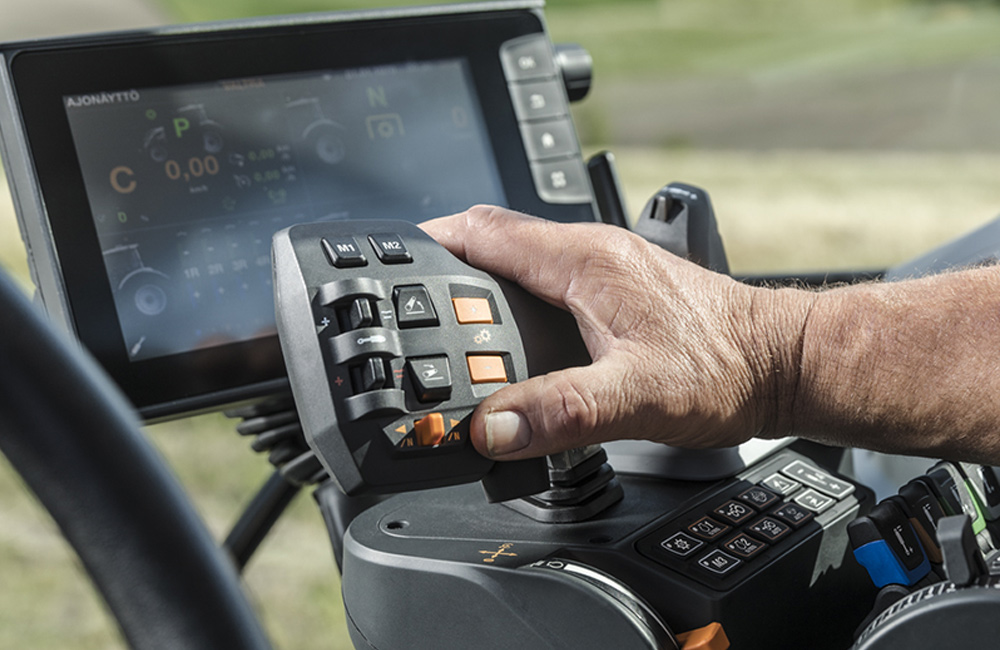
The Valtra & Elisa remote control.
The prototype solution enables the real-time, safe control and operation of a tractor from hundreds of kilometres away. This is a major advance on radio-controlled tractors, which require operators to stay stay in sight of the machine.
The remote control for Valtra and Elisa’s prototype uses an integrated 5G connection and a roof-mounted 360-degree camera. The 5G network enables the remote driver’s VR glasses to receive a 4K view of the environment in real time. The driver can examine the tractor’s surroundings simply by turning their head.
Remote control is a key step towards fully autonomous driving, which could become a reality for many end users within the next decade. Remote control can be utilised to operate driverless tractors in challenging sites or tasks that would be dangerous in manned operations, making the tractor an even more versatile tool.
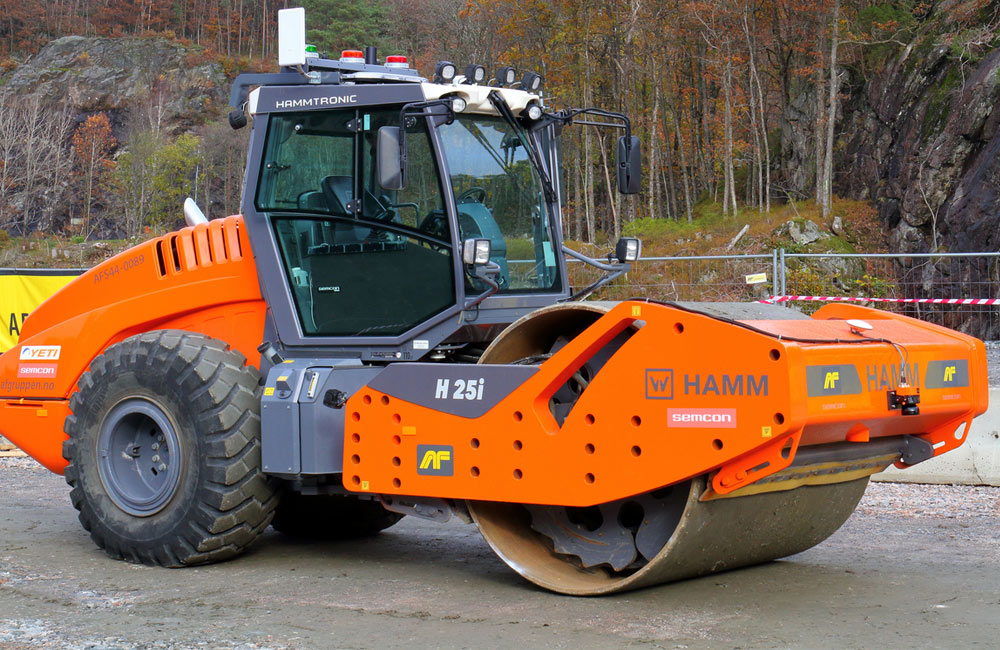
The autonomous compactor by Semcom.
Construction is a little behind this level of technology, but it’s catching up.
Semcon, an international technology company, has developed and validated a system for autonomous operation of a compactor. This autonomous solution was created as part of a Norwegian innovation project relating to future road construction.
The autonomous compactor eliminates difficult work for staff, reduces the time needed to build new roads and enhances quality of the roads, resulting in longer lifespans. This technology will open the door for the adoption of increasingly autonomous excavators, dozers and other pieces of construction equipment.
Software Addressing Safety
However, like I said before, it’s a challenge for self-driving construction equipment like this to hit the mainstream because of safety concerns.
That’s where tech companies, like Built Robotics, come in.
They’re using an array of LIDAR equipment, sensors, cameras and alarms to read environments and send out alerts when a collision is imminent. The program will instruct the vehicle to stop until the obstacle is removed.
Self-driving construction equipment, automated by Built Robotics, also comes with geo-fencing to prevent the excavator from moving beyond the construction site. This location-based service uses an app or alternative software like GPS, RFID, Wi-Fi and cellular data to trigger a pre-programmed action when a mobile device or RFID tag enters or exits a virtual boundary.
Built Robotics’ robots are deployed today across the $1 trillion earthmoving industry and they’re being used to build critical infrastructure such as wind farms, gas pipelines and new housing developments.
This is just the start and no one is predicting a jobsite without people in the near future. The process will take time, but autonomous vehicles clearly have a role to play. I’m excited to see how companies like Built Robotics, Semcon, Valtra and Elisa grow, as this innovative technology become more widely adopted and more challenging companies enter the market.
If you'd like to discuss this technology with me more or talk about the recruitment service that CM Industrial offer, then please email me at Abbel.Kisanji@industrial-cm.com.
For more content like this, visit my consultant page.
Recommended.

Overcoming Automation Roadblocks for Unprecedented Success.
With significant barriers to automation onboarding for warehouses across the industry, how can we navigate these challenges for better success? I spoke with Jeff Christensen to explore the trends and businesses to know right now.
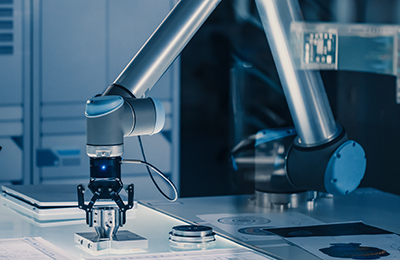
What to Watch at Automatica 2023.
In this article, our automation and robotics specialists Joe and Sam look ahead to Automatica in Munich, highlighting the companies and technologies to watch out for.
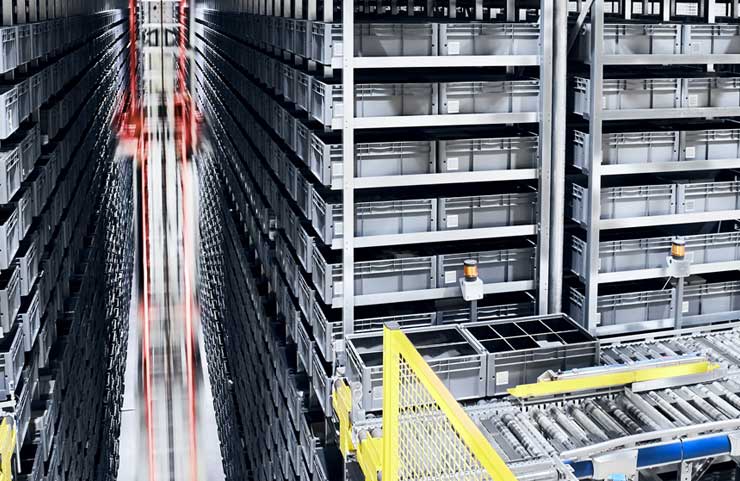
How Can RaaS Open the Door to Warehouse Automation?
RaaS could be the secret weapon in reaping the benefits of warehouse automation with none of the hassle, here's how...
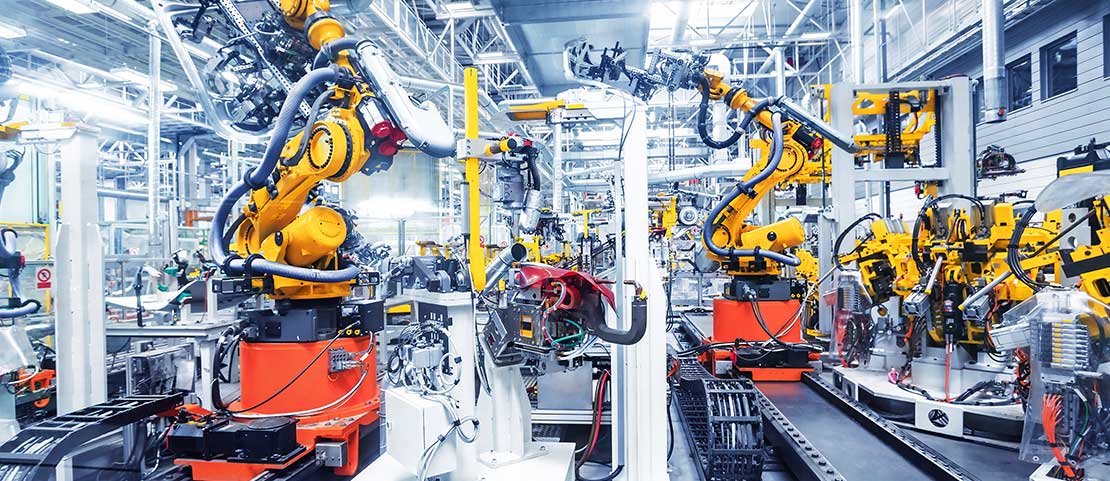
Exploring Top Trends in Industrial Automation.
As the industrial automation sector changes dramatically in a period of exponential growth, what can the top trends tell us about its future?
Comments.